March is citrus month. Almost every kind of citrus tastes good in March in Southern California. While some are still ripe, others are just starting to taste sweet. What I mean is, some are wrapping up their seasons now, like navel oranges and blood oranges and Kishu mandarins, while others are in the early part of their seasons, like Valencia oranges and Gold Nugget mandarins.
Here is what we should all do: Go to a farmers market and taste every different kind of local citrus available. Do any knock your socks off? If you can get the variety name from the farmer, then go and buy a tree of that variety from a local nursery.
I did something similar a decade ago with a , after which I planted some of the trees whose fruit tasted best to me, including: Cara Cara navel orange, Kishu mandarin, and Gold Nugget mandarin.
About vegetables, March is a month of transition. We can still plant some vegetables that like to grow in cool weather (think lettuce), but we can also start planting some vegetables that like to grow in warm weather (think corn).
To be specific about it, plant lettuce and its ilk as soon as possible, but be in no rush to plant corn and friends. I have always found most success sowing or planting those warm guys toward the end of March.
With all of those ideas in mind, in March we can:
Sow and plant
– Sow or plant some cool-season vegetables: beets, carrots, cilantro, greens, lettuce, green onions, peas, potatoes
– Sow or plant some warm-season vegetables: tomatoes, squash, corn, beans (some beans, but not all)
– Sow only: peppers (need heat mat or indoors warmth)
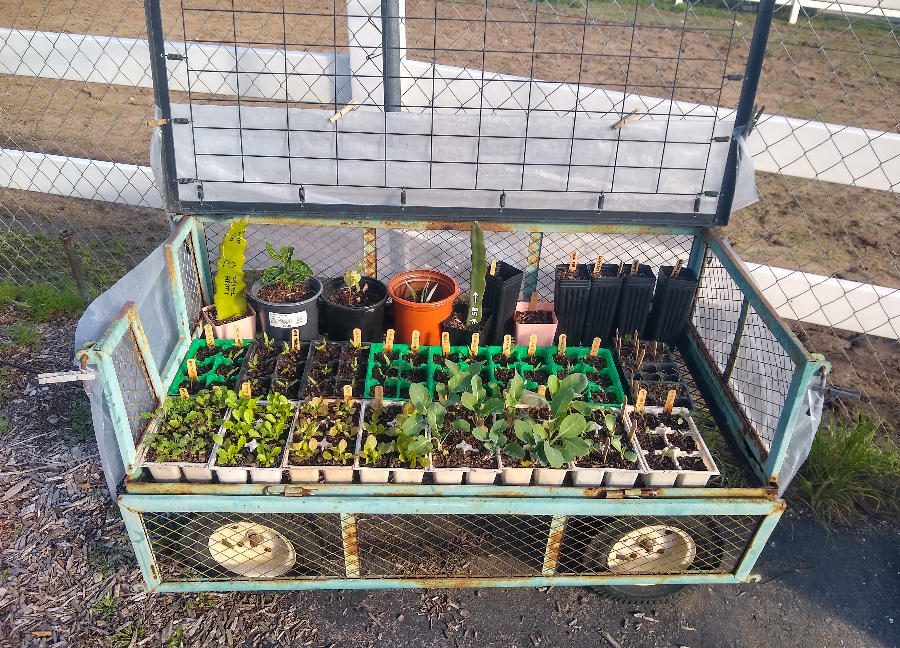
– Broccoli, cauliflower, cabbage? It’s questionable now; if you live near the beach you’ll probably have success, but if you live inland (where warm weather arrives earlier in the year) your best chance of success comes by planting fast-maturing and heat-tolerant varieties and doing so early in the month; (more in my post, “Growing broccoli and cauliflower in Southern California”)
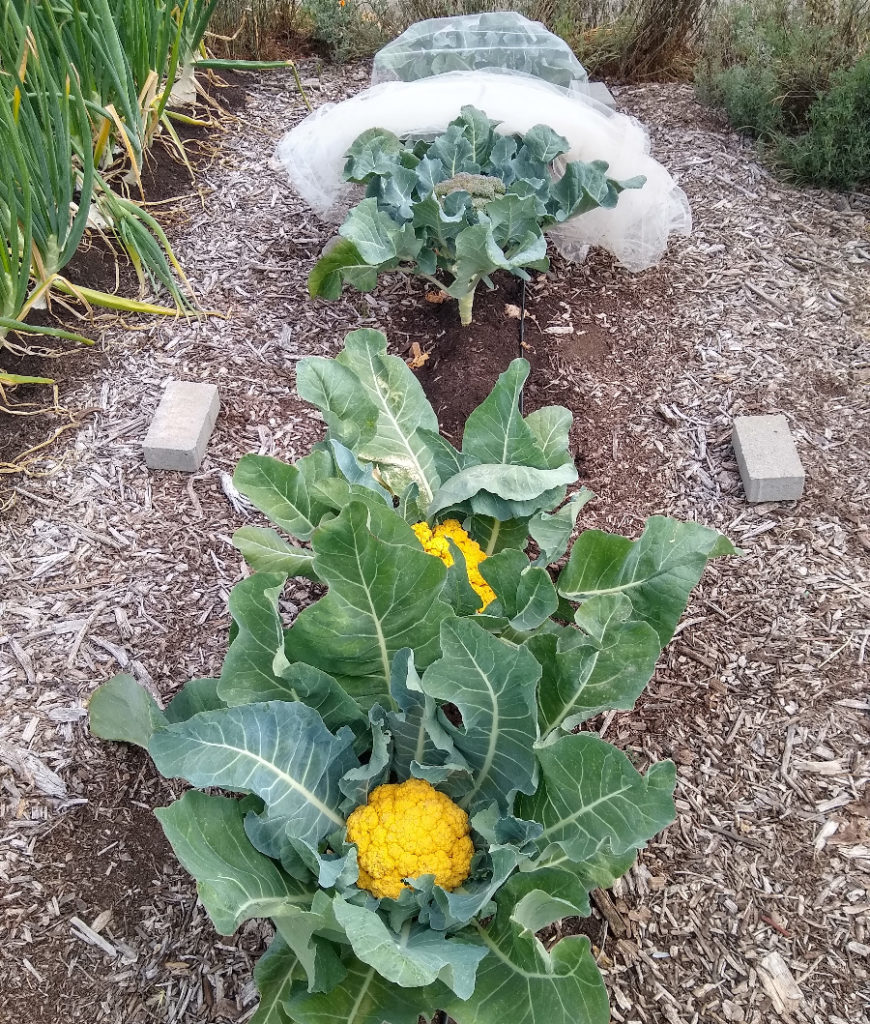
Harvest and eat
– Eat (had you planted them): asparagus, peas, broccoli, Brussels sprouts, cabbage, cauliflower, carrots, beets, lettuce, parsley, cilantro, spinach, celery, greens
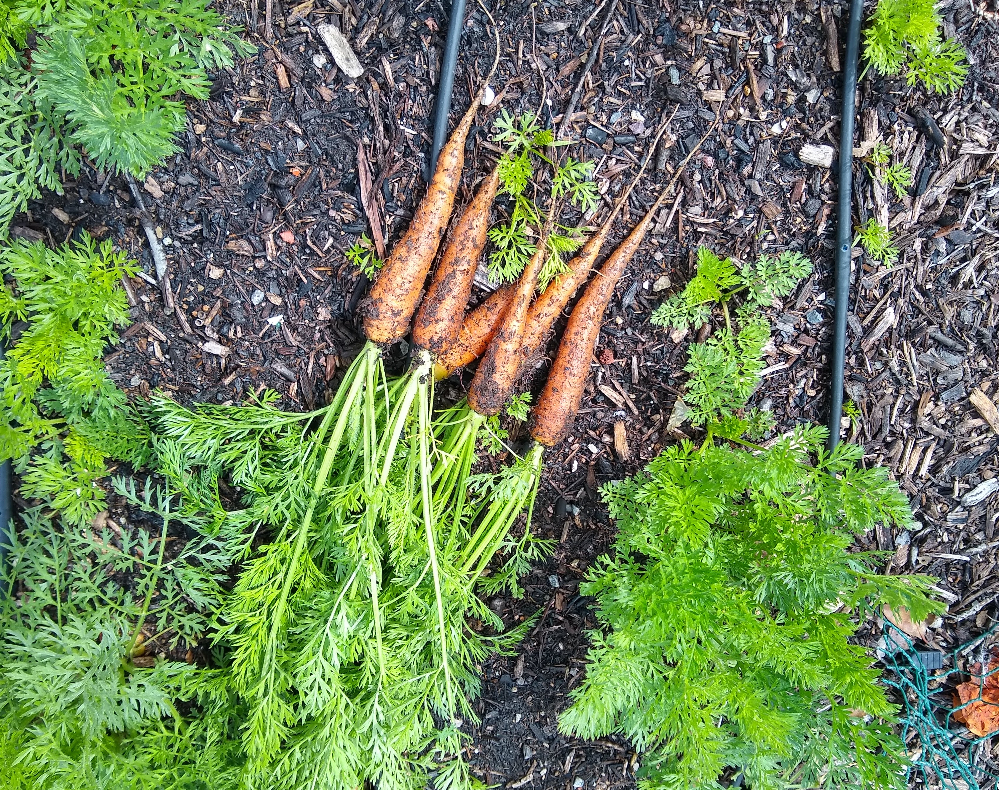
– Eat (if you have the trees): avocados (Hass, Fuerte, Sharwil, Pinkerton); citrus (almost all kinds, including Cocktail grapefruit and Sumo/Shiranui mandarin); strawberries; a few early blueberries
Miscellaneous
– Add some laying hens to your food garden
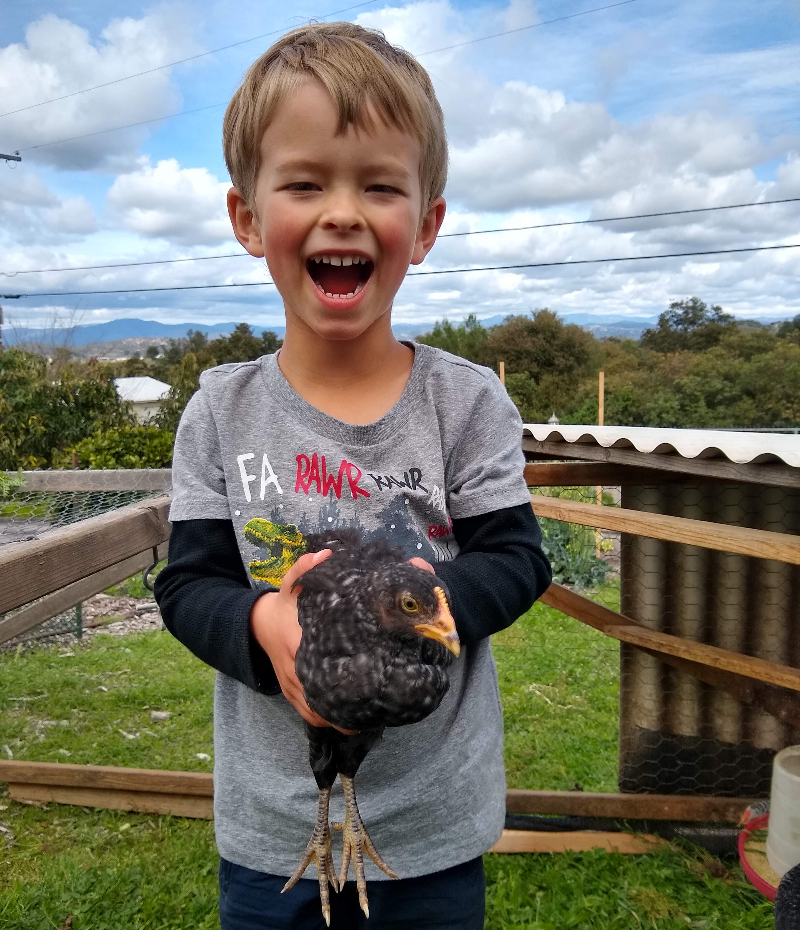
– Collect or redirect any rain we get so it sinks into your yard near your plants and isn’t lost into the street
– Gophers are active in March, especially young ones; if gophers like your yard, consider planting vegetables in raised boxes with hardware cloth underneath and new trees in baskets if you can’t keep up on trapping; I plant vegetables and trees in the ground, unprotected, and just trap: my favorite trap is the Cinch
– Change irrigation on fruit trees as necessary (e.g. from drip lines to micro-sprinklers); do it now before the trees start depending on irrigation because the current mild weather and thoroughly moist soil from winter rains allow the tree roots to most easily adjust to new patterns of soil moisture; (see my posts on using drip on fruit trees and micro-sprinklers on fruit trees)
– Put in plants that are native to your neighborhood, especially in parts of your yard that are difficult to irrigate; I put wild lilac (Ceanothus) and monkey flowers in a couple of Marches ago, watered them by hand a couple of times their first summer and haven’t watered them since; (my other posts on Southern California native plants)

– Graft deciduous fruit trees in early March if scions still dormant (rootstock can be actively growing); watch February grafts break buds
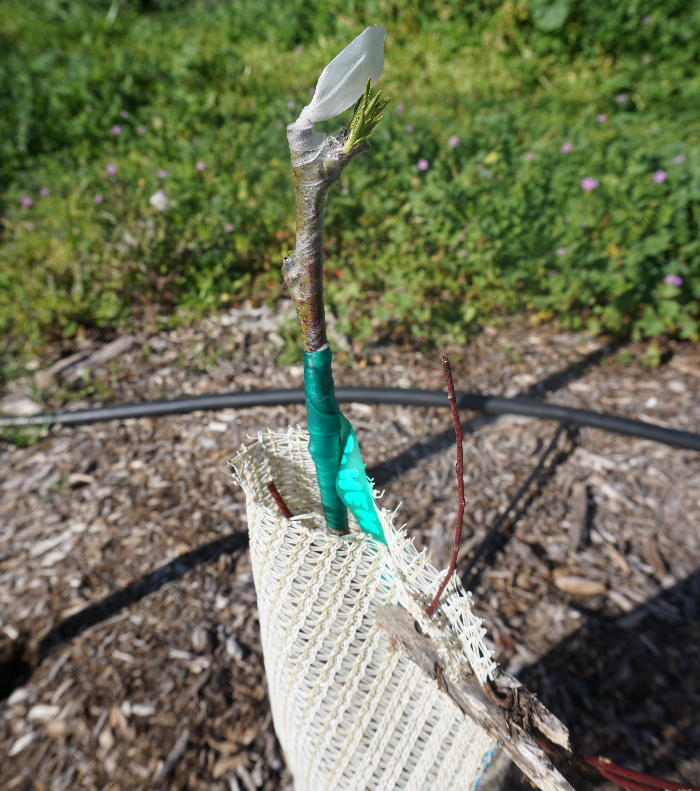
– Observe your deciduous fruit trees as they bloom and leaf out; notice if they flower mostly on short branches (apples, cherries, apricots) or on long branches (peaches, nectarines), for this can guide your pruning next year — or now, because it’s never too late to prune; (see my post, “Where do fruit trees flower?”)
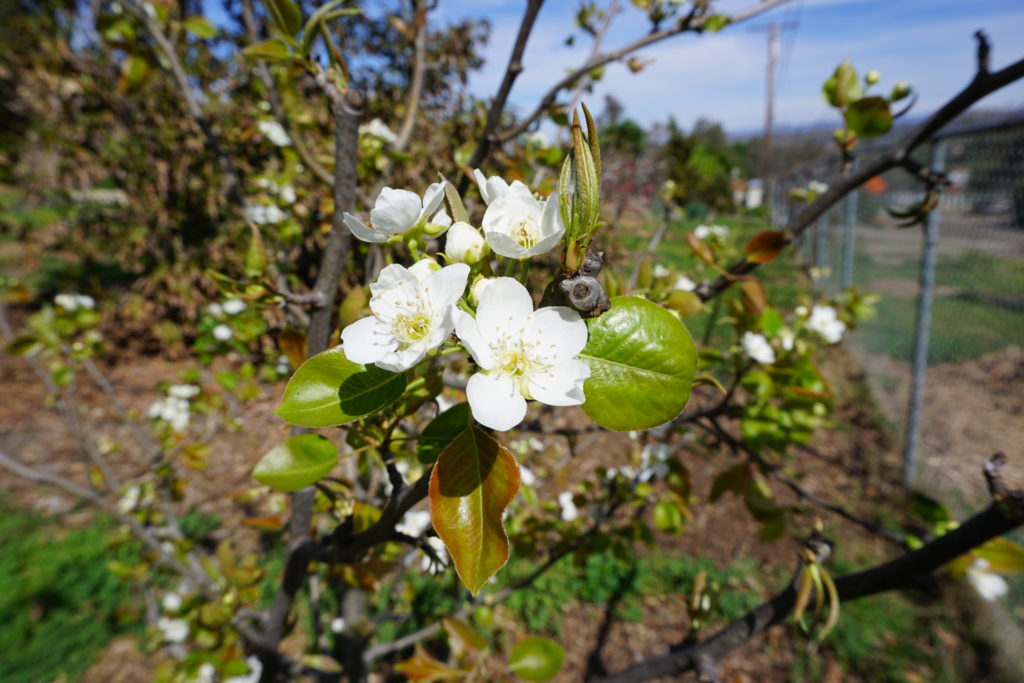
– Graft avocados (see my post “Grafting avocados”)
– Plant avocado trees (see my post about that); and prune them, if necessary (see my posts about pruning avocados and pruning them to keep them small)
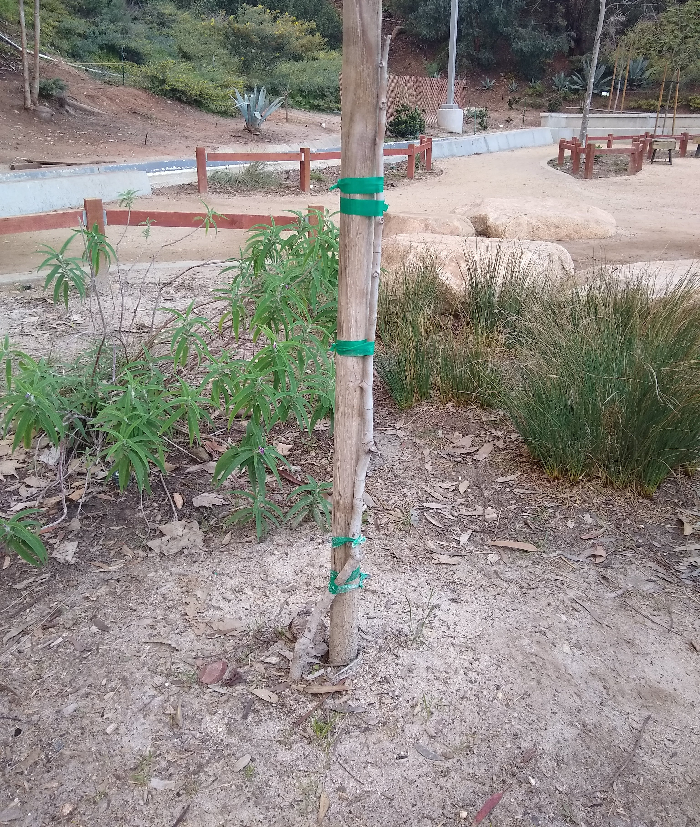
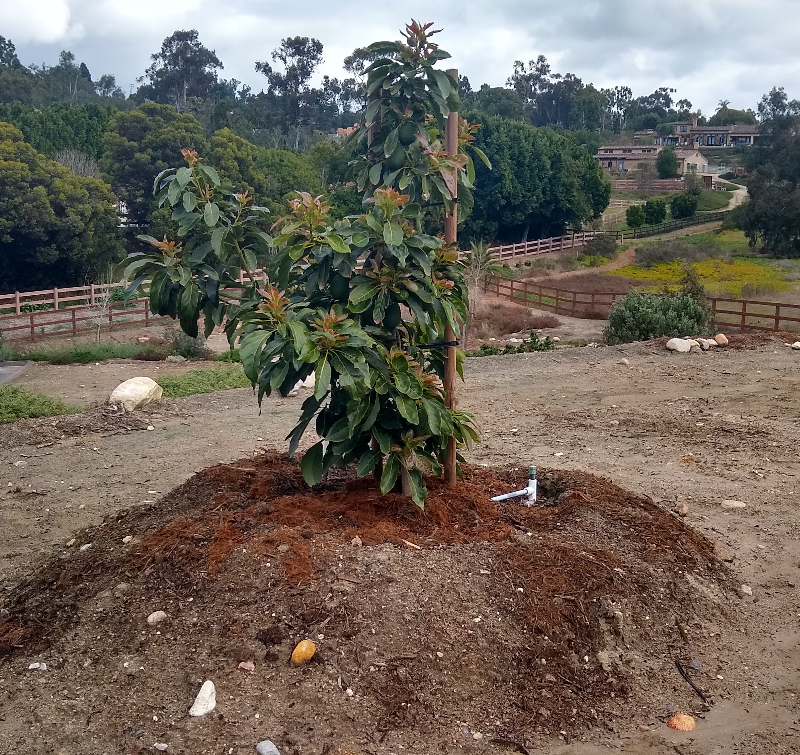
The Yard Posts have no ads because cool gardeners like you directly support me. Thanks!
All of my Yard Posts are listed HERE

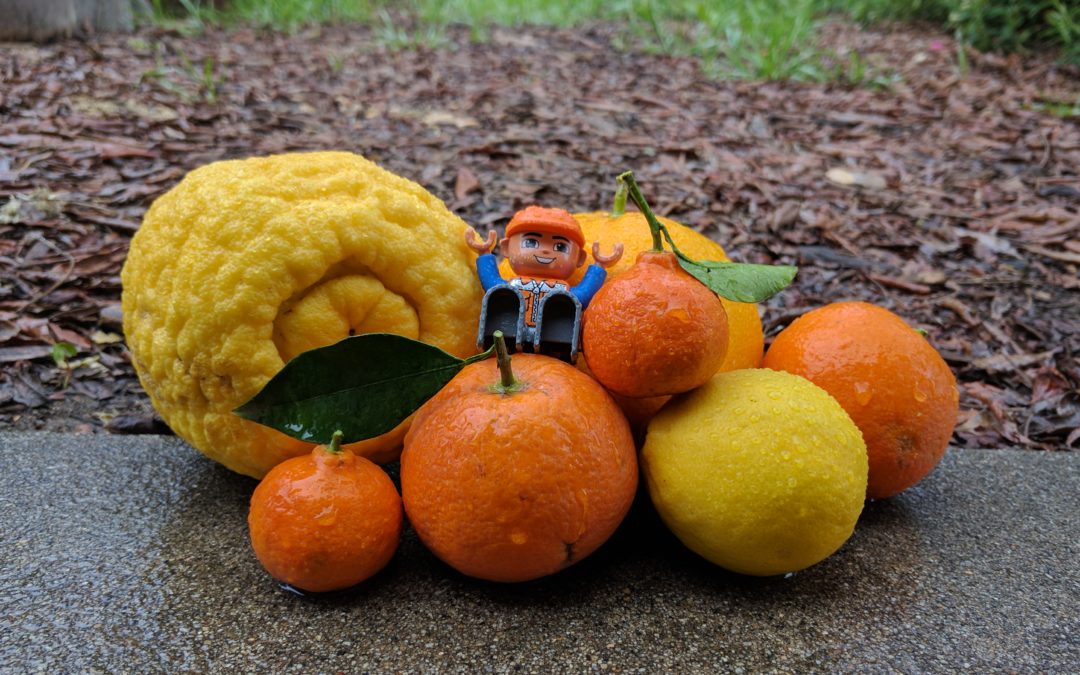


My Mexicola Grande,
Tree is full of buds. Already seeing bees.
Seem like every other year bears Avacado. 500 plus Avacado. 15 years old. Do not water nor fertilize.
Back yard.
Fresno ca.
Btw cold or heat doesn’t harm it.
How do you keep the gophers at bay when planting in the ground? They eat almost every thing planted.
The Gopher Hawk is the best gopher trap I’ve used. I kill 5-10 gophers a year that invade my yard from a school my house backs up to. There are many videos on YouTube on how to use the trap. Once you let the gophers establish themselves without removing them they become a devastating problem.